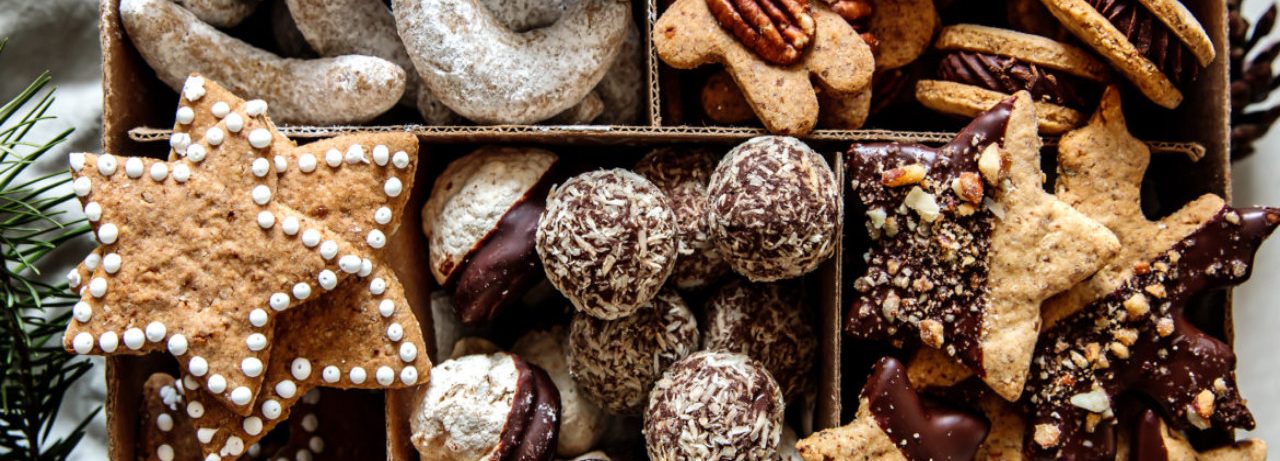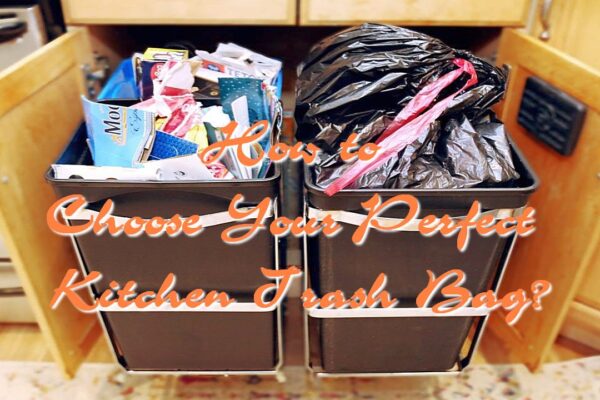I have a lot of tools that I use for baking and making cakes. But I want to share with you the essential ones! This inventory for baking and assembling cakes should be in every home pastry chef’s kitchen. Essential tools that make it easy to level a cake, save time and ensure that the result is perfect every time.
Be it a recipe for chocolate chip cookies or exquisite fruit pudding, the following items will come in handy and make the cooking process smoother and more pleasant.
SCALES

If pastry chefs didn’t measure ingredients on scales, cakes and desserts would be different every time. One tart would rise well, and another would remain dense. The cream would sometimes be liquid and sometimes dense and unsweetened. You could forget about portioned and small desserts (cupcakes, macaroons, marshmallows). For cupcakes, an extra gram of leavening agent would blow up the cupcake, and for macarons, an extra drop of water would turn the brownie into a scone.
Therefore, a pastry chef’s rule of thumb is to measure all ingredients on a scale. Any electronic scales will do.
MANUAL OR PLANETARY MIXER
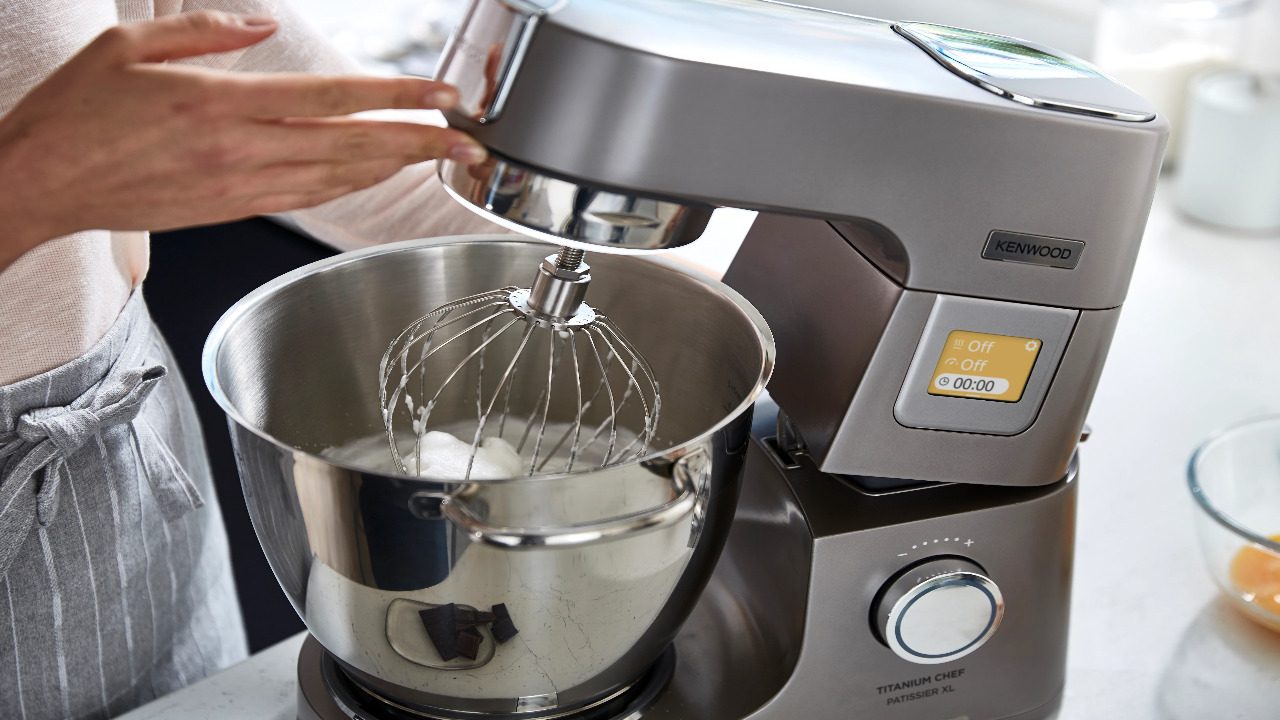
For beginner pastry chefs, I suggest using a hand mixer. It will perfectly cope with making biscuits, and whipping cream. It will be more difficult to whip meringue and marshmallows (compared to a planetary mixer), but it is also possible. In recipes, I try to use a hand mixer. I do this to show that you can make almost anything with a hand mixer.
In my practice, I use both a hand mixer and a planetary mixer. If I need to mix a biscuit and some cream, I use the hand mixer. If I make a large amount (cream, dough) or marshmallows, or meringue, I whip with a planetary mixer. I know that choosing a good planetary mixer is not easy. So I interviewed students, added my experience, and prepared a detailed review for you on how to choose a planetary mixer.
The most important things in choosing a mixer are a higher power, metal whiskers, and the ability to change speeds.
OVEN
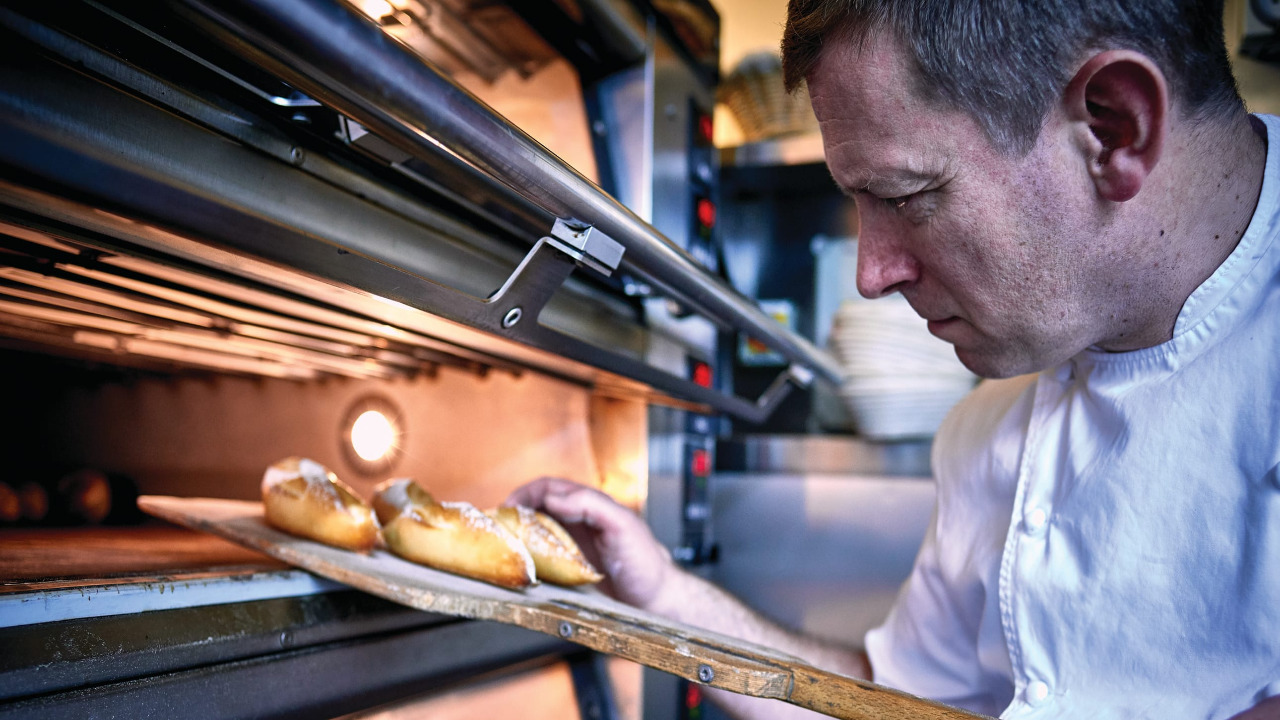
It’s ideal if you have an electric oven. For biscuits and muffins, the convection mode is suitable for baking cheesecakes, eclairs, and pasta – top-bottom mode. Usually, for biscuits, you should set a temperature of 170-180 °C. If macarons, then lower. For cheesecakes around 100 °C, and for the meringue even lower because it only needs to dry.
BAKING RINGS
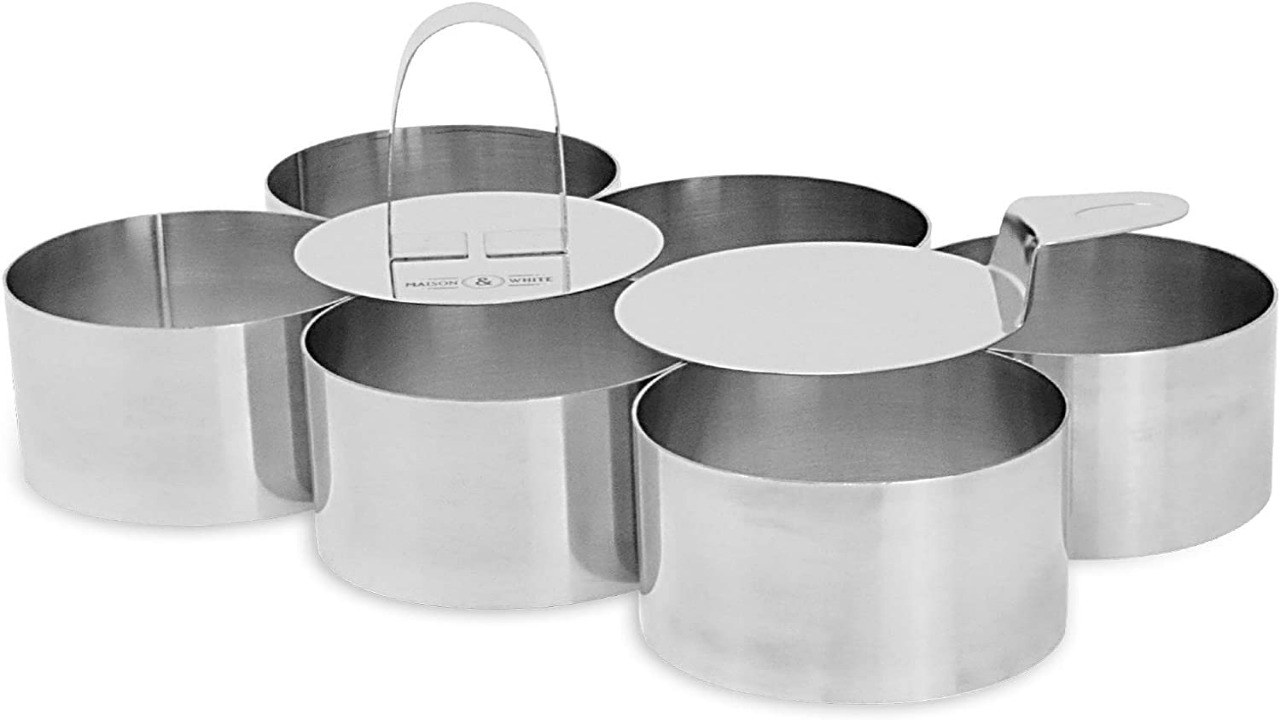
Pastry chefs bake biscuits in bottomless rings. These can be split rings or solid rings. The diameter of the split ring varies from 16 to 30 cm, which is very convenient. But such forms have a disadvantage: over time, they deform. The circle turns into an oval or triangular shape. I had this happen after a couple of months of use (when I cooked about 200 kg of cakes). After that, I bought solid rings, which are made of thick metal. They have served me well for over five years now. I only use the split rings to pull the cakes together after assembly.
I use 14, 16, and 18 cm rings most often. They are enough for me to make mousse cakes and sponge cakes up to 3 kg. Rings with a larger diameter are only needed for tiered cakes.
Bottomless rings have an important advantage: there is no need to store the bottom. They also take up little space and are easy to put one ring inside the other.
SILICONE MAT
![]()
Since pastry chefs don’t use baking pans with bottoms, we choose our baking mats carefully. Here’s what mats come in:
– Silicone colored.
– Reinforced transparent silicone.
– Teflon.
– Parchment.
I’ve used all of them. I didn’t like the Teflon one, as it didn’t seem to last long. Parchment is convenient in that it doesn’t need to be washed. But the ring and the parchment don’t fit together well. The dough leaks through small gaps. This does not happen with silicone mats: with them, the mold fits tightly together, and the dough hardly ever leaks.
I have used colored silicone mats for years. That is until I started baking pasta. I had to buy reinforced silicone mats for them. Since then, my regular mats have gone into a deep drawer.
The silicone-reinforced mats are the most convenient. They are thick enough that you can’t crumple them. They are suitable for baking macaroons (which are very finicky cakes that don’t bake on every surface), biscuits, and meringues. The only thing is, you can’t make a caramel vase with them (you don’t need one that often, and if you do, I get soft silicone mats).
Regular silicone mats are very helpful for leveling the cake. The surfaces of the turntable and the backing are smooth. They slide against each other, and the cake moves off the turntable. If you put a piece of a silicone mat, the cake locks in place and doesn’t move.
